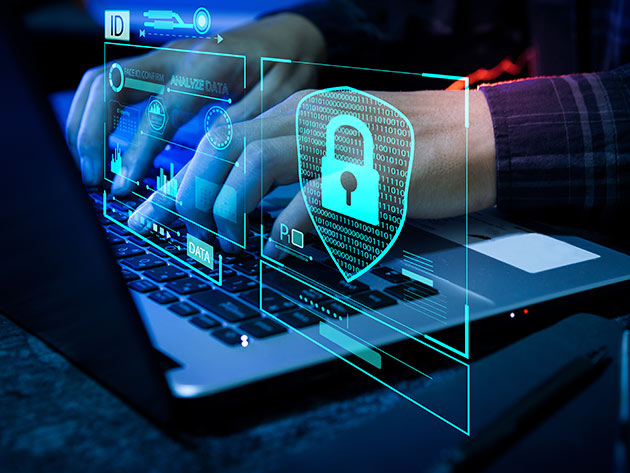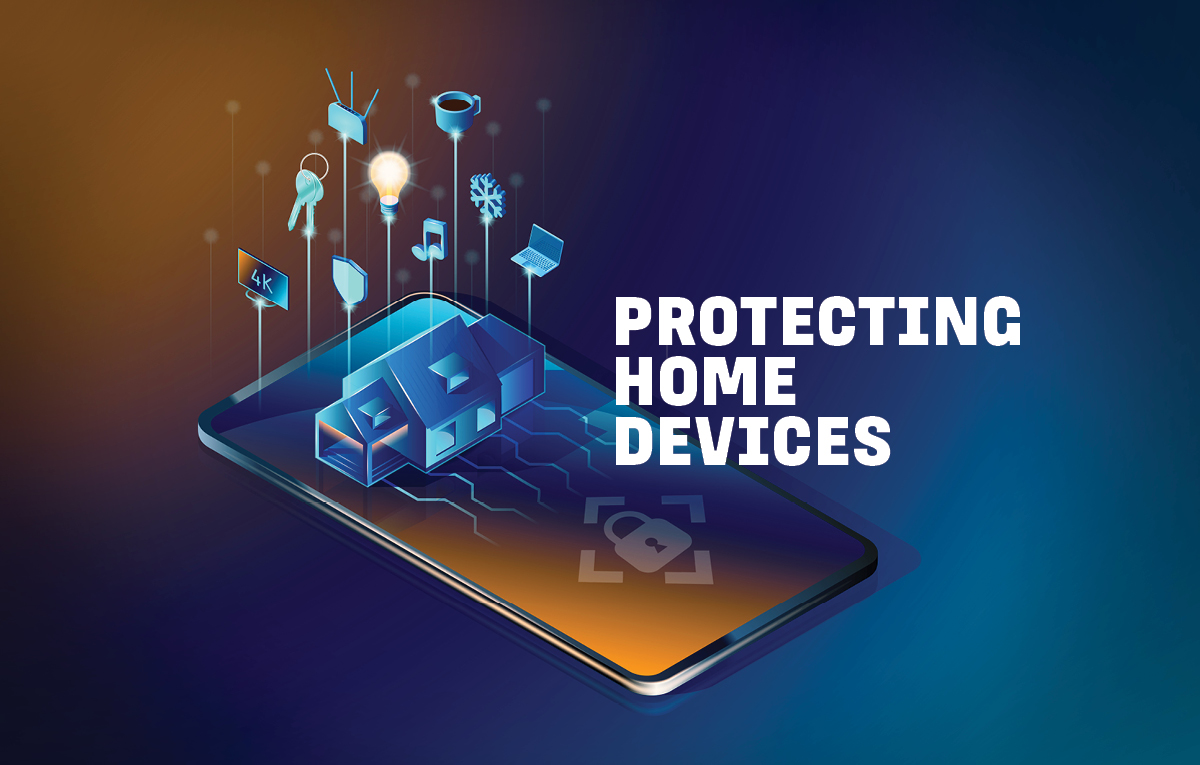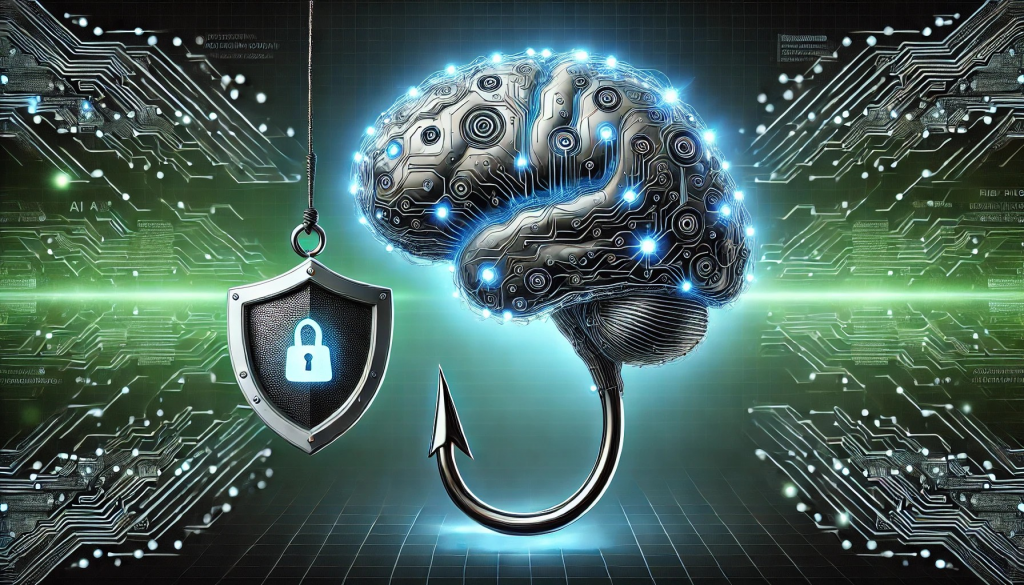justineanweiler.com – As the world becomes increasingly connected, the importance of cybersecurity has never been greater. From personal devices to corporate networks, data protection is now a critical concern for individuals, businesses, and governments alike. In this article, we’ll explore the evolution of cybersecurity, the latest trends in protecting data, and how to stay ahead of cyber threats in an ever-changing digital landscape.
The Early Days of Cybersecurity
Cybersecurity began in the early days of computing, with the first viruses and worms appearing as early as the 1970s and 1980s. Early cybersecurity efforts were reactive, with developers creating patches and fixes after vulnerabilities were discovered. During this time, most attacks were relatively unsophisticated, often carried out by hobbyist hackers or researchers testing the limits of technology.
As the internet became more widely used in the 1990s, the nature of cyber threats began to change. Malware, phishing attacks, and hacking started targeting not just individuals but also corporations and governments. The need for more proactive security measures became evident, and cybersecurity evolved from a technical issue to a strategic priority.
Modern Cybersecurity Challenges
Today, the scale and complexity of cyber threats have grown exponentially. Attackers are more sophisticated, and their motivations vary widely, from financial gain to political disruption. Below are some of the most pressing cybersecurity challenges in the modern era:
1. Ransomware Attacks
Ransomware, a type of malware that encrypts a victim’s data and demands payment for its release, has surged in recent years. High-profile ransomware attacks have targeted hospitals, businesses, and even entire cities, costing billions in damages. The rise of cryptocurrencies, which provide a degree of anonymity for attackers, has made it easier for cybercriminals to demand ransoms without being traced.
2. Data Breaches
Large-scale data breaches continue to make headlines, exposing sensitive information such as social security numbers, credit card details, and passwords. These breaches can have long-lasting consequences, from identity theft to reputational damage for companies. As more data is stored online, the risk of breaches increases, making data protection a top priority for businesses.
3. IoT (Internet of Things) Vulnerabilities
The proliferation of Internet of Things (IoT) devices—such as smart thermostats, security cameras, and connected appliances—has introduced new security risks. Many IoT devices have weak security protocols, making them vulnerable to hacking. Once compromised, these devices can be used to launch attacks or gain unauthorized access to broader networks.
4. Phishing and Social Engineering
Phishing attacks, in which hackers impersonate legitimate organizations to steal sensitive information, remain a prevalent threat. Social engineering tactics manipulate human psychology to trick individuals into divulging confidential data. These types of attacks are increasingly sophisticated, making it difficult for even savvy users to distinguish between genuine and malicious communications.
5. State-Sponsored Cyber Attacks
Nation-states have increasingly used cyberattacks as tools of espionage, sabotage, and political interference. State-sponsored hackers target everything from infrastructure and defense systems to private companies and election processes, making cybersecurity a national security concern for many countries.
Trends in Cybersecurity: Staying Ahead of Threats
As cyber threats evolve, so do the technologies and strategies used to combat them. Here are some of the key trends shaping the future of cybersecurity:
1. Artificial Intelligence and Machine Learning
AI and machine learning are playing a growing role in detecting and responding to cyber threats. These technologies can analyze vast amounts of data in real-time, identifying patterns and anomalies that might indicate a cyberattack. By automating threat detection and response, AI reduces the time it takes to neutralize threats and minimizes the risk of human error.
2. Zero Trust Architecture
The zero trust model is a security framework that assumes no one, inside or outside the organization, can be trusted by default. Instead of relying solely on perimeter-based defenses, this approach requires continuous verification of users, devices, and applications. Zero trust is particularly effective in today’s remote work environment, where employees often access corporate networks from unsecured locations.
3. Cloud Security
With more businesses moving their operations to the cloud, ensuring the security of cloud environments is essential. Cloud providers offer advanced security tools, but companies must still implement their own robust security measures. Multi-factor authentication, encryption, and regular security audits are critical for protecting data stored in the cloud.
4. Cybersecurity for Remote Work
The COVID-19 pandemic accelerated the shift to remote work, which introduced new cybersecurity challenges. Employees working from home often use personal devices and unsecured Wi-Fi networks, increasing the risk of cyberattacks. To mitigate these risks, businesses are adopting virtual private networks (VPNs), stronger password policies, and enhanced security training for remote workers.
5. Cybersecurity Regulations and Compliance
As data breaches become more frequent, governments are enacting stricter cybersecurity regulations. Laws like the General Data Protection Regulation (GDPR) in Europe and the California Consumer Privacy Act (CCPA) in the U.S. require businesses to take greater responsibility for protecting customer data. Compliance with these regulations not only helps avoid legal penalties but also builds trust with customers.
Protecting Your Data in a Connected World
As individuals and businesses, there are several best practices to follow to protect sensitive information in today’s digital environment:
- Use Strong, Unique Passwords: Avoid using the same password across multiple accounts. Use a password manager to generate and store complex passwords securely.
- Enable Multi-Factor Authentication (MFA): MFA adds an extra layer of security by requiring two or more forms of verification to access an account.
- Keep Software Up to Date: Regularly update operating systems, antivirus software, and applications to patch vulnerabilities that could be exploited by attackers.
- Be Cautious of Phishing Scams: Always verify the sender’s identity before clicking on links or downloading attachments in emails.
- Backup Your Data: Regularly back up important data to prevent data loss in the event of a ransomware attack or other security breach.
- Invest in Cybersecurity Training: Educate employees about common cyber threats and safe practices to minimize the risk of falling victim to social engineering and phishing attacks.
Conclusion
The technology and strategies behind cybersecurity are constantly evolving to keep pace with increasingly sophisticated cyber threats. As our world becomes more connected, the need to protect sensitive information grows more urgent. By staying informed about the latest trends and implementing strong security practices, businesses and individuals can defend themselves against cyberattacks and safeguard their data in an ever-changing digital landscape.





